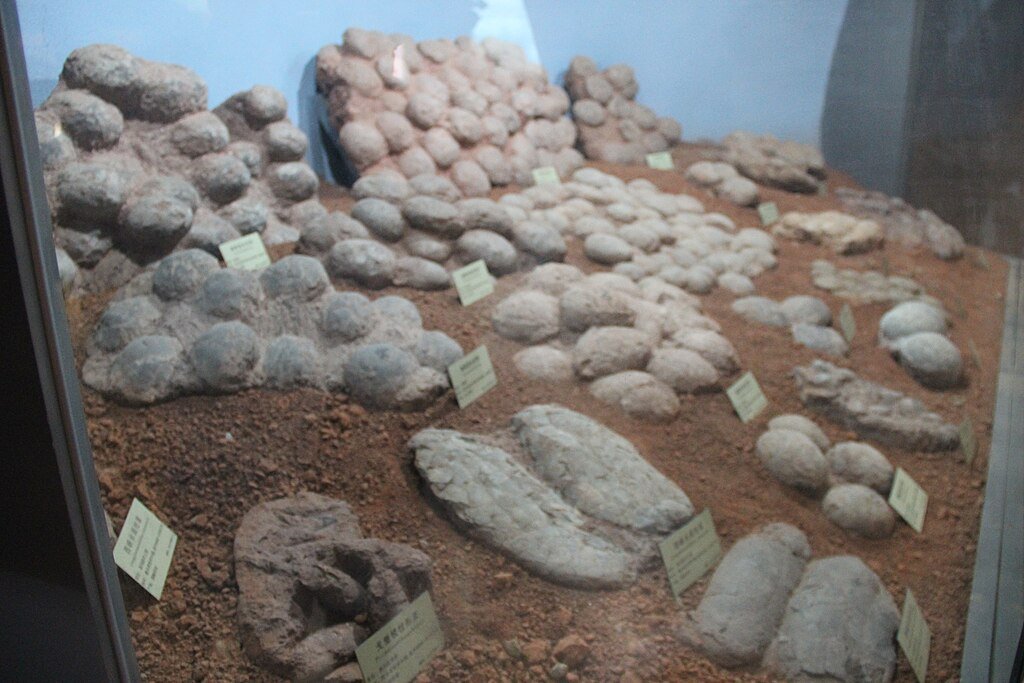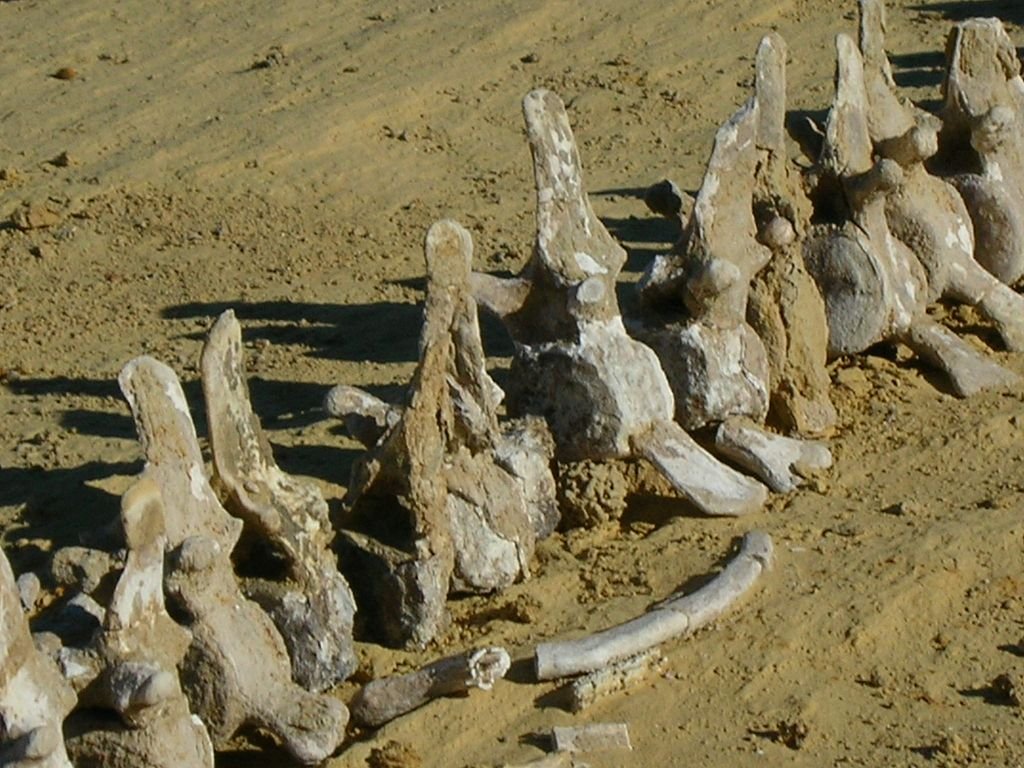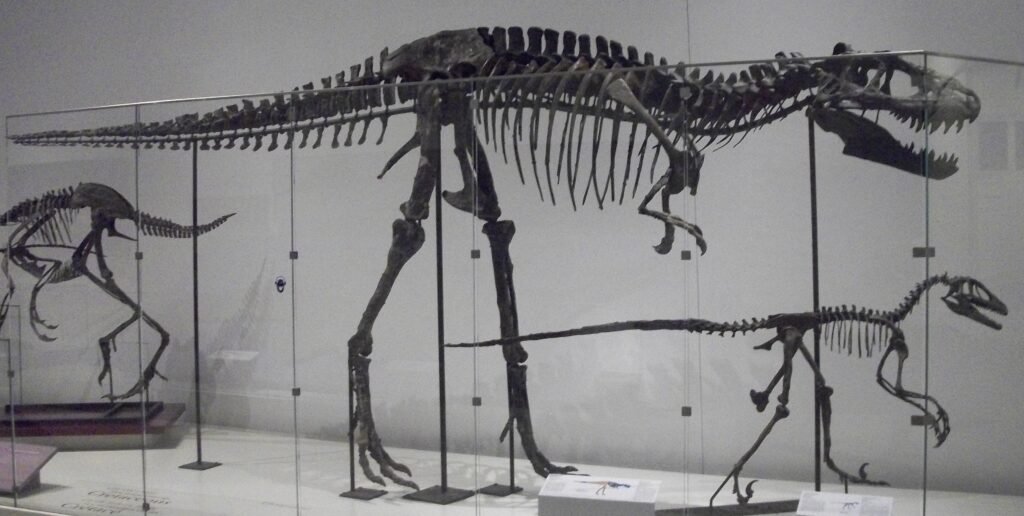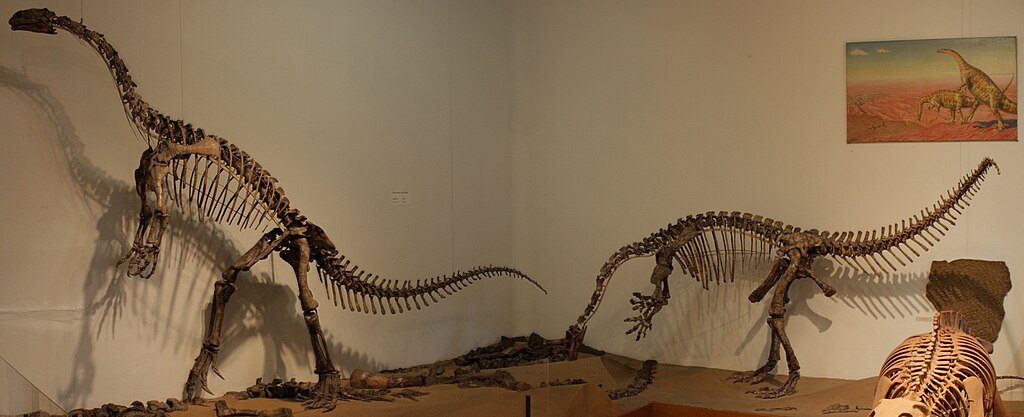The fascination with dinosaurs often leads us to imagine vast landscapes dotted with these prehistoric giants. However, when one turns their attention to Southeast Asia and specifically to the island nation of Singapore, a curious question arises: why are there no dinosaur fossils here? This absence isn’t merely a unique quirk of geography; it tells a deeper story about the region’s prehistoric past. Let’s explore why Singapore lacks dinosaur fossils and uncover what these gaps reveal about ancient Southeast Asia.
The Geological History of Singapore

Singapore’s geological history plays a fundamental role in understanding why no dinosaur fossils have been found. The rocks that make up the landmass of Singapore date back to periods long before and after the age of dinosaurs. Most of these sedimentary layers formed during the late Jurassic and Cretaceous periods are either non-existent or eroded away. Without the right geological formations, the conditions to preserve dinosaur remains simply weren’t present during these critical periods.
Conditions Required for Fossilization

Fossilization is a rare process, requiring specific conditions over millions of years. For a dinosaur bone to fossilize, it must be rapidly buried by sediment to protect it from decay and scavengers. Over time, minerals replace the organic material, turning the bone to stone. Southeast Asia’s tropical climate and geological activity would have hindered this process, reducing the likelihood of preserving dinosaur remains.
Plate Tectonics and Changing Landscapes

Southeast Asia, including the land that is now Singapore, has been shaped by dynamic plate tectonics. During the Mesozoic Era, which spanned the time when dinosaurs roamed the Earth, the land masses that constitute modern-day Southeast Asia were largely submerged under water. These shifting plates and fluctuating sea levels could have washed away or buried any potential fossil evidence deep beneath the ocean floor, away from human discovery.
The Inadequacy of Excavation in the Region

Unlike North America and parts of Europe, which have a long history of paleontological study and fossil excavation, Southeast Asia has seen significantly less exploration. Limited resources and challenging tropical environments mean that many areas remain unexamined, leaving the possibility open that unknown fossils exist, but simply haven’t been unearthed yet.
Comparative Fossil Records in Neighboring Regions

While Singapore itself may lack dinosaur fossils, neighboring countries have made discoveries that suggest a more complete prehistoric record. Thailand, Malaysia, and Myanmar have all uncovered dinosaur fossils, including significant finds like the Siamotyrannus and Phuwiangosaurus. These discoveries help paint a broader picture of the region’s prehistoric ecosystem, hinting at what may yet lie beneath unexplored areas.
The Importance of Fossil Gaps

Fossil gaps aren’t just empty spaces in the record; they are opportunities to learn about Earth’s history. These absences can provide insights into the geologic and environmental conditions of a region over time. The lack of dinosaur fossils in Singapore emphasizes the dynamic changes in this area, driven by continental drift, climate shifts, and volcanic activity.
Climatic Influence on Dinosaur Habitats

During the Mesozoic Era, Earth’s climate was considerably different. However, Southeast Asia’s tropical climate, dense forests, and heavy rainfall might not have been ideal for large dinosaur populations to thrive. Such environmental conditions could explain why, even if dinosaurs existed in the area, they would have been fewer in number, reducing the chances of fossilization.
Modern Science and Future Discoveries

Advancements in technology, such as remote sensing and ground-penetrating radar, might eventually allow scientists to uncover hidden fossils beneath Singapore’s soil without the need for excavation. Future innovations could lead to discoveries that change our understanding of the region’s prehistoric life.
Concluding Thoughts

The absence of dinosaur fossils in Singapore is more than a simple matter of missing skeletons; it reflects the island’s dynamic geological past. While fossils remain elusive, they remind us of the complex history of the Earth’s landscapes and the possibilities that lie in wait for future discovery. As science progresses and techniques evolve, who knows what hidden chapters of prehistoric life might yet be revealed beneath Singapore’s vibrant urban expanse?




